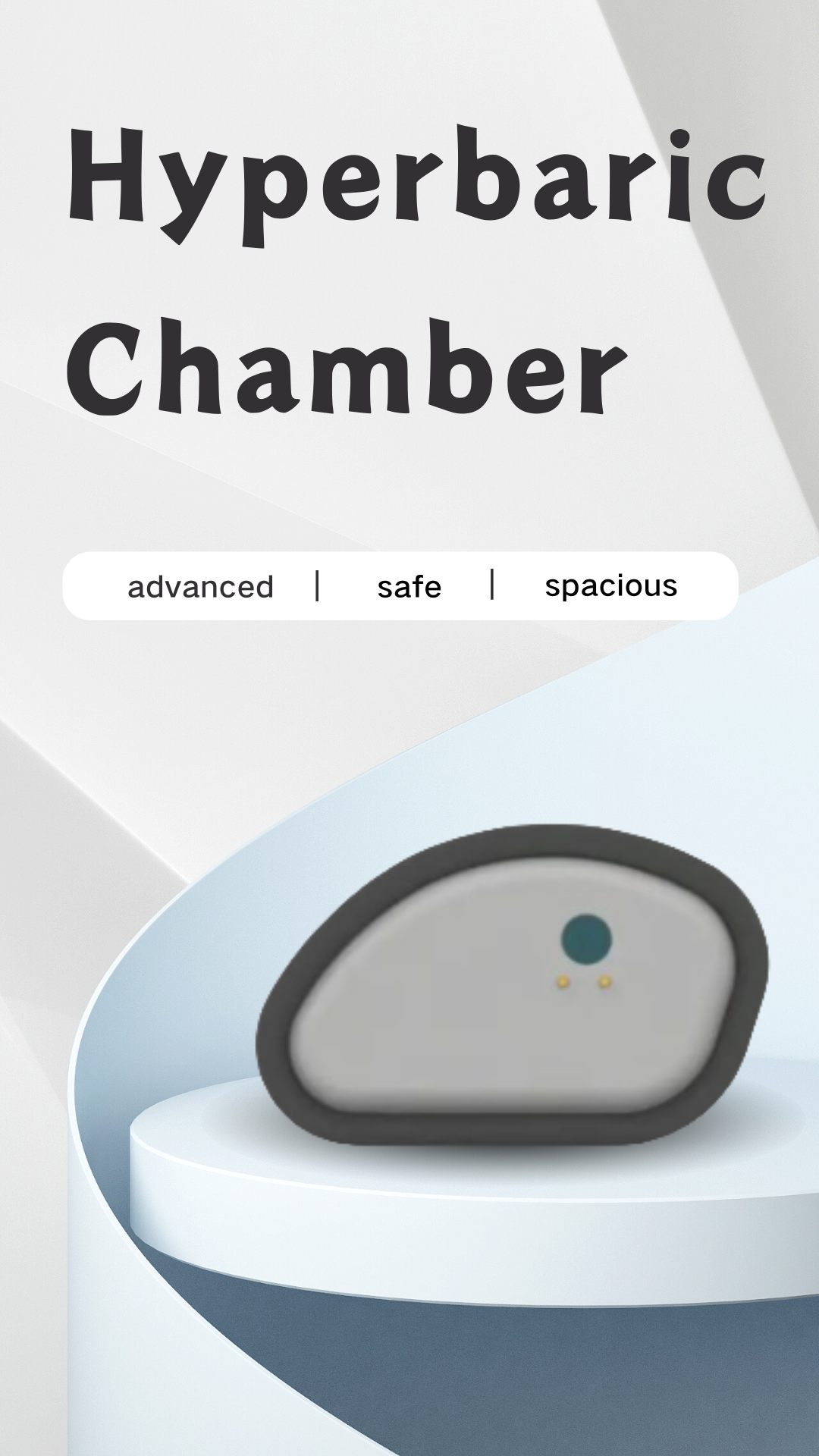Plant Sucrose Invertase (Invertase) is for research use only. Here is a detailed procedure for standard preparation and testing:
1. **Standard Dilution and Loading**: Place 10 standard wells on the microplate. Add 100 μl of standard solution to the first and second wells, then add 50 μl of standard diluent to each. Mix well. Transfer 100 μl from the first and second wells into the third and fourth wells respectively, then add 50 μl of diluent to the fourth well and mix. Discard 50 μl from the third and fourth wells, and add 50 μl of standard diluent to each. Repeat this process until the ninth and tenth wells are filled. After mixing, discard 50 μl from the ninth and tenth wells. The final concentrations in each well will be 90 IU/L, 60 IU/L, 30 IU/L, 15 IU/L, and 7.5 IU/L, with 50 μl in each.
2. **Sample Addition**: Set up blank control wells (no sample or enzyme reagent added). Add 40 μl of sample diluent to each test well, followed by 10 μl of the sample (final dilution: 5 times). Carefully pipette the sample to the bottom of the well, avoiding contact with the walls. Gently mix the contents.
3. **Incubation**: Seal the plate with an adhesive film and incubate at 37°C for 30 minutes.
4. **Washing Solution Preparation**: Dilute the concentrated washing solution (30 times for 48T) with distilled water and set aside.
5. **Washing**: Remove the sealing film, discard the liquid, and dry the plate. Fill each well with washing solution, let it stand for 30 seconds, then discard. Repeat this process five times, and pat the plate dry.
6. **Enzyme Labeling Reagent Addition**: Add 50 μl of enzyme labeling reagent to each well, except for the blank wells.
7. **Second Incubation**: Seal the plate again and incubate at 37°C for 30 minutes.
8. **Second Washing**: Follow the same washing steps as above.
9. **Color Development**: Add 50 μl of color developer A, followed by 50 μl of color developer B. Mix gently and avoid light exposure. Incubate at 37°C for 15 minutes.
10. **Stop Reaction**: Add 50 μl of stop solution to each well to terminate the reaction. The color will change from blue to yellow.
11. **Absorbance Measurement**: Measure the OD values at 450 nm using a microplate reader. Ensure measurements are taken within 15 minutes after adding the stop solution. Always zero the instrument with a blank well before starting the readings.
This procedure ensures accurate quantification of plant sucrose invertase activity under controlled conditions. Make sure all reagents are properly mixed and handled to maintain assay consistency.
Hyperbaric Chamber

Medical hyperbaric oxygen chambers are usually large in size and require professional medical personnel to operate, requiring high levels of professionalism. Modern people are increasingly pursuing quality of life and focusing on health preservation. Therefore, home hyperbaric oxygen chambers have emerged, which are more user-friendly.
The shell of DOING Hyperbaric Oxygen Chamber comes in two types: soft TPU material and hard stainless steel material, which can be selected according to personal preferences.
DOING has independently developed sleeping hyperbaric chambers, sitting hyperbaric chambers, and spherical hyperbaric chambers for users to choose from.
The production of DOING hyperbaric oxygen chambers has undergone layers of inspection to ensure reliable quality and reassure users.
The two transparent observation windows and dual pressure reducing valve design of DOING hyperbaric oxygen chamber greatly improve the safety of use.
The hyperbaric oxygen chamber developed by DOING has a mature and stable control system, which can display real-time values such as PM2.5, temperature, oxygen concentration, and negative ion parameters.
Soft Home Hyperbaric Chamber,Soft Pressure Oxygen Chamber,Soft Oxygen Recovery Chamber,Soft Hyperbaric Healing Chamber
Danyang Doing Articles Co.,Ltd , https://www.dydoing.com
